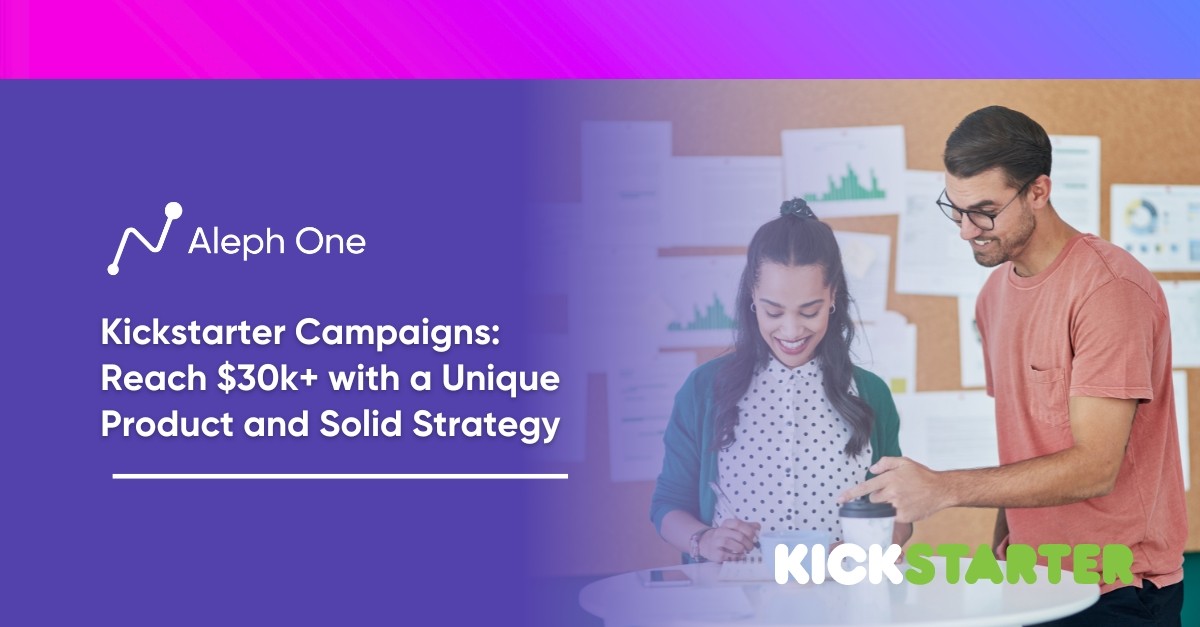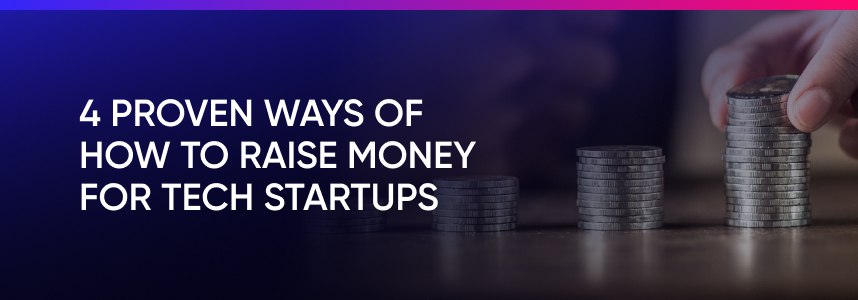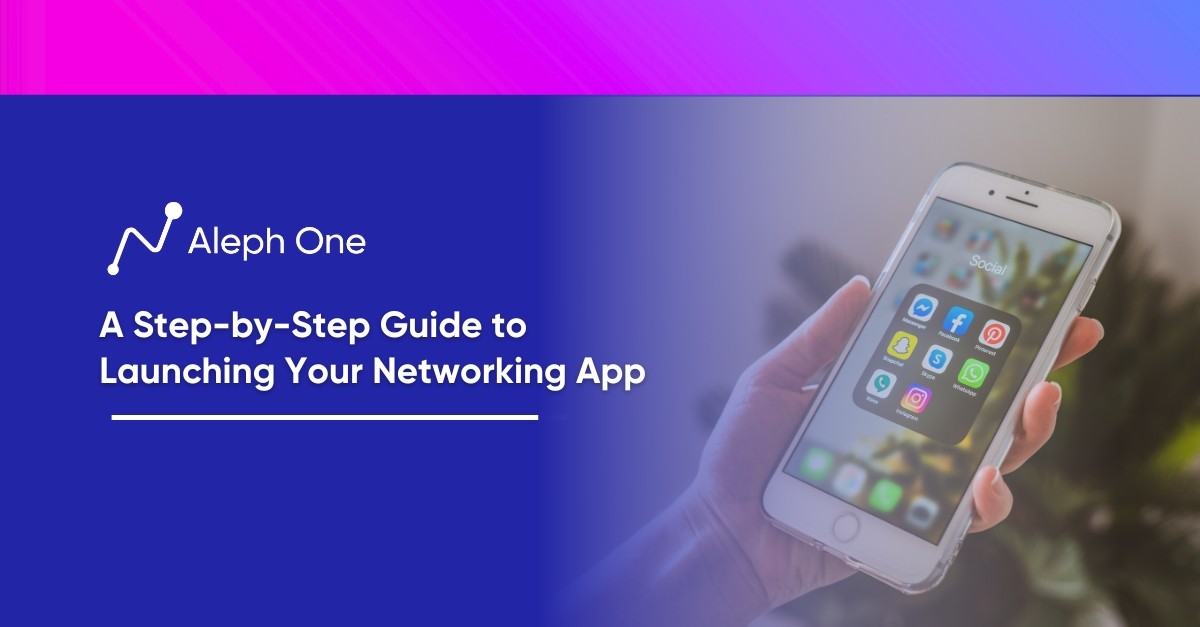Let’s work together to build something amazing. Share your project details and our team will reply to figure out the next steps to your success.

Launching a successful Kickstarter campaign requires more than just a great idea – it requires careful planning and strategic execution. This article will guide you through the essential steps to create a compelling Kickstarter campaign that can surpass $30,000 in funding. First, we emphasize the importance of choosing a unique product that solves a real problem backed by thorough market research and validation. We explore building a crowd of potential backers before the campaign begins, utilizing strategies such as email marketing, social media engagement, blogging, PR, and influencer partnerships. Crafting a compelling campaign page is also crucial, with tips on storytelling, showcasing benefits, and offering meaningful rewards. These steps will enable you to launch a successful Kickstarter campaign and realize your innovative idea.

Choose a Product That Solves a Real Problem
The first step to running a successful Kickstarter campaign is identifying a unique product that solves a real customer problem. You need to find an idea that taps into a niche market of people passionate about the type of product you want to create. Research to determine if there is strong enough demand for what you want to make before investing time and money into a campaign.
Look for Gaps in the Market that Your Product can Fill
Some of the most funded Kickstarter campaigns have been for products that provide an innovative solution to an everyday issue, like the Oculus Rift virtual reality headset, the Sondors eBike, or the Micro Drone drone. These types of useful yet futuristic products capture people’s imaginations.
Observe the Latest Trends and Technologies
Pay attention to the latest trends and technologies to find an idea ahead of the curve. But ensure there are still enough people interested in that niche to support your campaign. Surveys, focus groups, and online research can determine if there is a built-in audience for your product.
Find Out Which Kickstarter Products Found Success
See what types of products have been successfully funded on Kickstarter in the past. Look for campaigns that raised at least $30,000, showing substantial demand. Study what those products had in common and their effectiveness. Look for opportunities to improve upon those ideas or combine them in new ways.
Validate the Product Interest
When you find a concept you want to pursue, validate the interest. Start building your email list, promote your idea on social media, and see how people respond. If you get a lot of engagement and people sign up to receive updates about your product, that is a good sign you have an idea that could thrive on Kickstarter.
Spend time upfront researching and validating your idea. Choose a unique and valuable product that taps into current trends, fills a market gap, and has proven demand based on past successful campaigns. With a concept that solves a real problem for customers, you’ll be well on your way to a winning Kickstarter product.
Build Your Crowd Before the Campaign
To run a successful Kickstarter campaign, you must build your crowd of potential backers before launching. Expect people to discover your campaign on something other than the Kickstarter platform. You must start marketing to your target audience beforehand to build awareness and interest in your product.
Email List
One of the best ways to make your crowd is to create an email list. Set up a landing page where people can subscribe for updates on your product and campaign launch. Promote your landing page through social media, blogging, and even small ads to start collecting emails. Studies show that Kickstarter campaigns with built-in email lists are much more likely to meet their funding goals.
Social Media
In addition to email, engage with your target audience on social media platforms like Facebook, Instagram, and Twitter. Post updates, images, and videos of your product to build familiarity and excitement. Respond to comments and questions to establish a connection with potential backers. Run small social media ads to increase your following.
Blogs
You should also consider blogging to educate your audience about your product and establish yourself as an authority in your niche. Write blog posts discussing the problem your product solves, your inspiration for creating it, and updates on your progress. Include images and videos whenever possible. Promote your blog posts on social media to drive traffic.
PR and Influencer Marketing
PR and influencer marketing are two other strategies to build your crowd before launch. Pitch your product to relevant media outlets, blogs, podcasts, and YouTube channels to earn coverage and spread awareness. Work with influencers in your industry to promote your campaign to their followers in exchange for a free product sample or commission.
With email marketing, social media engagement, blogging, PR, and influencer partnerships, you can build an enthusiastic crowd eagerly awaiting the launch of your Kickstarter campaign. Keep your audience updated on your progress and continue promoting in the final days before launch. Come launch day, your crowd will be ready to become your first backers and help fund your campaign quickly out of the gate.
Create a Compelling Campaign Page
A compelling Kickstarter campaign page is essential to convincing backers to support your project. Your page needs to tell a story, focus on the benefits to backers, and convey your passion for the product. Here are some tips for building an effective page.
Use Eye-catching Images and Videos
Visuals are the first thing backers will notice about your campaign. Feature high-quality photos of your product, prototypes, or renderings. An explainer video is also highly effective in showcasing how the product works and your enthusiasm for the project. Campaigns with videos have a higher success rate.
Share the Story Behind Your Idea
Help backers understand why you created this product and your motivation for bringing it to life. Your story and passion will get people excited to support you. Discuss how you identified the problem you’re solving and built the solution.
Focus on the Benefits to Backers
Clearly and persuasively explain how your product will improve your backers’ lives. Discuss the key features and functions, but do so in a benefits-focused way. For example, rather than just listing technical specifications, say how those specs will help the user in their daily life.
Offer a Range of Meaningful Rewards
Provide rewards at various price points so backers can choose what level is best for their budget. Rewards should be closely tied to your product and brand. For a tech product, offer rewards like early bird pricing on the first units shipped, t-shirts featuring your logo, a behind-the-scenes look at product development, or the chance to beta-test new features.
Keep your Campaign Page Simple and Concise
While you want to include essential details and visuals, ensure your page is manageable. Use clear section headings, bullet points, and bold text to make information easy to scan. Keep your video under 2 minutes. A clean, uncluttered page will encourage more backers and higher pledges.
With compelling visuals, a passionate story, benefits-focused copy, thoughtful rewards, and a streamlined page, you’ll have the elements of a successful Kickstarter campaign that generates significant funding and support. Be authentic and let your enthusiasm shine through. Backers will respond to your vision and rally behind your project.
Set a Realistic Funding Goal
One of the most critical decisions in your Kickstarter campaign is setting an appropriate funding goal. If you put it too high, you risk not reaching it and receiving no funding. But if you set it too low, you could raise less than you need to complete your project. Study similar successful Kickstarter campaigns to determine a realistic range for your goal.
Look At Other Comparable Product Campaigns
Look at campaigns for products comparable to yours to see how much they were able to raise. Check the average pledge amount for those campaigns since that can indicate how much backers are willing to spend on that product. You want to aim for a goal in the same range or slightly lower than those comparable campaigns. It’s best to be conservative in your estimates.
Factor in Product Expenses
Remember to factor in the costs to design, develop, manufacture, and ship your product. Ensure you understand all the expenses involved, including creating prototypes, purchasing components and materials, renting workspace, hiring contractors, and fulfilling rewards. Leave some buffer room in your calculations for unexpected costs.
Offer a Discount for Early Backers
Consider offering your product at a discount to early backers on Kickstarter to encourage more pledges. But make sure that discount is still enough to cover your costs. It’s a balancing act.
Stick to Your Funding Goal
Stick to that goal once you have determined a realistic funding goal based on your costs and comparable campaigns. Don’t be tempted to lower it just to get funded more quickly. And don’t raise it unless absolutely necessary. Changing the goal during your campaign can damage your credibility and confuse backers.
With the right goal, you’ll have the best chance of reaching your funding target and raising enough to complete your project successfully. Do your homework, understand your costs, and set a reasonable yet ambitious goal. That’s the key to Kickstarter success.
Offer Valuable Rewards
To motivate backers to support your campaign, you must offer real value rewards. The rewards should be enticing enough that people will pledge money while still allowing you to deliver the product and turn a profit. Study what rewards were offered in other successful Kickstarter campaigns in your niche.
Lower Pledges – Thank You Note, Sticker, or Discount
For lower pledge amounts, offer rewards like a thank you on your website, a sticker or other small branded item, access to updates on your progress, or a discount on the final product. These low-cost rewards incentivize people to back your campaign for just $5-$25.
Mid-Range Pledges – Branded Apparel, Early-bird Special, Bundled Rewards
For mid-range pledges of $25-$100, provide rewards such as an early-bird special on the product at a discounted price, a t-shirt or other piece of branded apparel, a more advanced version of the product, or a bundle of several smaller rewards. These more substantial rewards encourage backers to pledge enough to make a real impact on your funding goal.
Higher Pledges – Limited First Edition, Personally Meet the Team,
For higher pledges of $100-$500 or more, offer rewards such as a limited first-edition version of the product, an opportunity to visit your office or production facility, or a chance to personally meet the team behind the campaign. While more challenging to fulfill, these high-end rewards give your biggest backers an exclusive experience that can drive substantial funding.
Offer a Variety of Rewards, Something for Everyone
The key is to offer a variety of rewards at different price points so there is something for everyone. While a few big rewards are good for raising large amounts of money, a campaign will only be successful if there are also many smaller rewards to entice people to back the campaign at whatever level they can. The rewards should be spaced closely enough that there is always an option at the next price up. This makes it easy for people to pledge more to get something extra, which adds up significantly throughout the campaign.
With creative, valuable rewards for backers at every level, you’ll give people an exciting reason to support your Kickstarter campaign and help you achieve your funding goal. Your rewards could mean the difference between a fizzled campaign and a wildly successful one.
Promote Your Campaign and Build Momentum
Once your Kickstarter campaign goes live, the real work begins. Promoting your campaign through social media, PR, influencer marketing, and other efforts is key to building momentum and reaching new audiences. Some campaigns have raised over 50% of their funding through these promotional activities alone.
Announce Your Product to Your Social Media Followers
On social media, start by announcing your campaign launch to your followers on Facebook, Twitter, Instagram, and any other platforms you use. Ask them to share the campaign to help spread the word. Run a social media contest or giveaway to increase shares and visibility. Pitch your campaign to large Facebook groups and Reddit communities interested in your product.
Build Relationships with Influencers
Build relationships with influencers and ask them to promote your campaign to their followers. Offer them a free product sample or reward in exchange for their support. Influencers with audiences that match your target customers can be very persuasive. Contact bloggers, podcasters, and journalists covering your industry or product niche. Ask them to feature your Kickstarter campaign on their site or show. Most are happy to support new entrepreneurs and crowdfunding projects.
Submit a Press Release
Submit press releases about your campaign launch to media outlets, and follow up with phone calls and emails. While mainstream coverage is difficult to obtain, smaller trade publications and local media may be interested in featuring your campaign. Apply to be featured on crowdfunding-focused websites like Kickstarter and Indiegogo. They often highlight new and exciting projects.
Run a Mid-Campaign Promotion
Run a mid-campaign promotion to re-energize your existing backers and attract new ones. Add stretch goals to unlock new rewards and incentives for people to keep pledging. Launch a referral program where backers can earn rewards for getting friends to support your campaign.
Keep Your Backers Engaged and Build Long-term Success
Stay active in communicating with your backers by posting updates, responding to comments, and engaging on social media. Share details on your campaign progress and any new rewards or milestones you add. Keep people excited about your product and campaign until the end. You can build the momentum needed to reach your funding goal and beyond with hard work and persistence. But promotion doesn’t stop there – keep marketing your product after the campaign to build long-term success.
Get the latest news and updates from Aleph One in your inbox.



